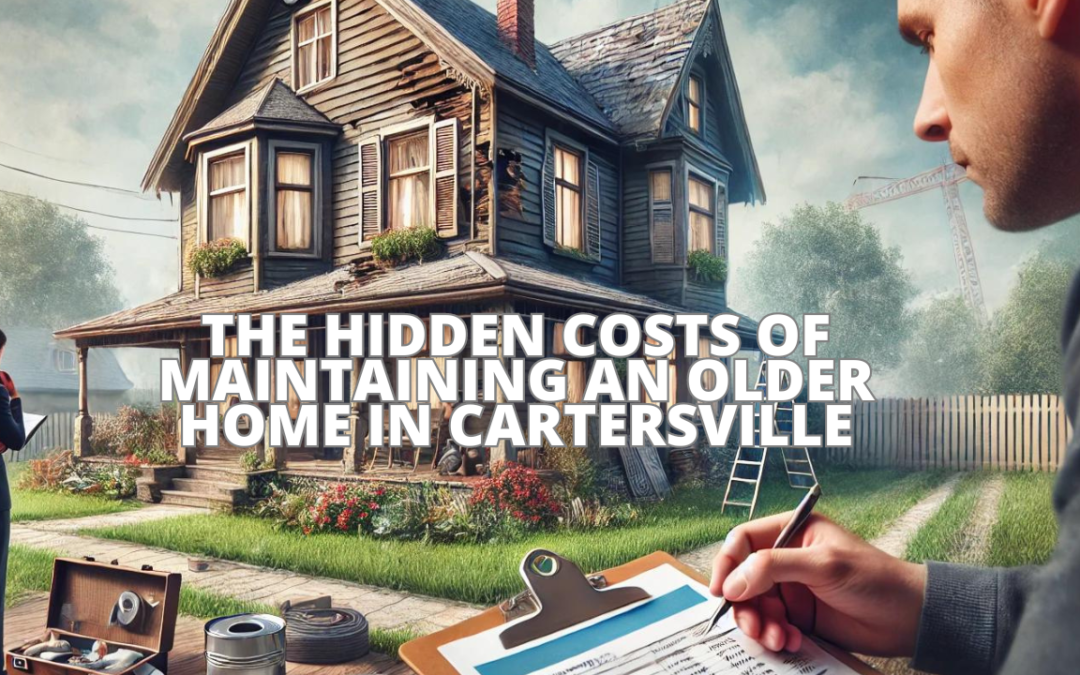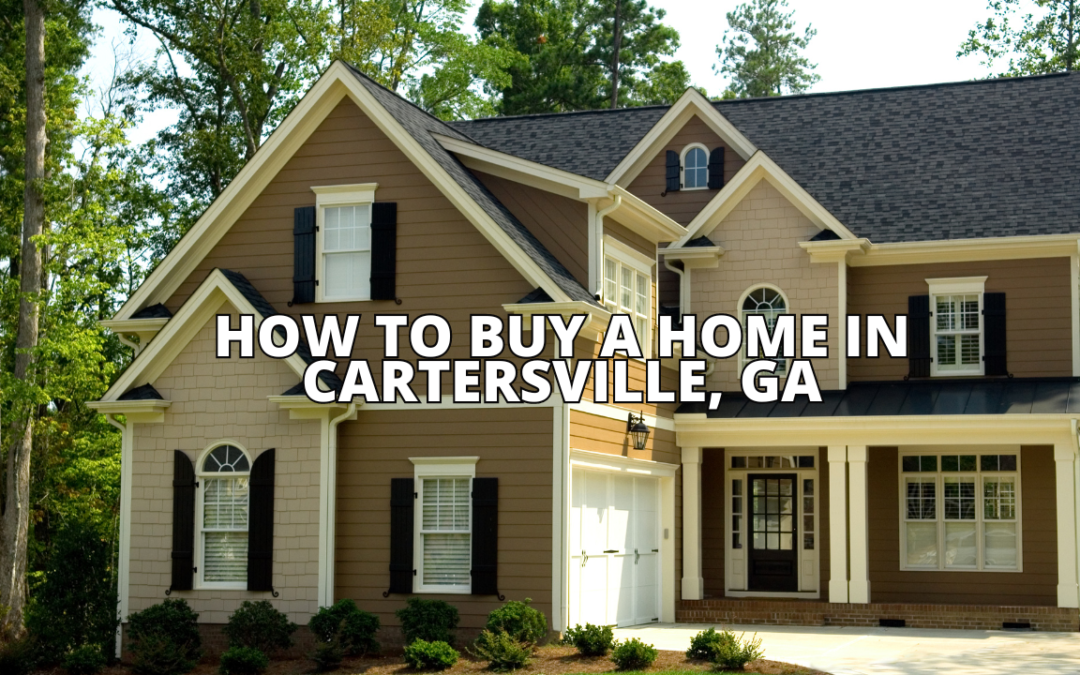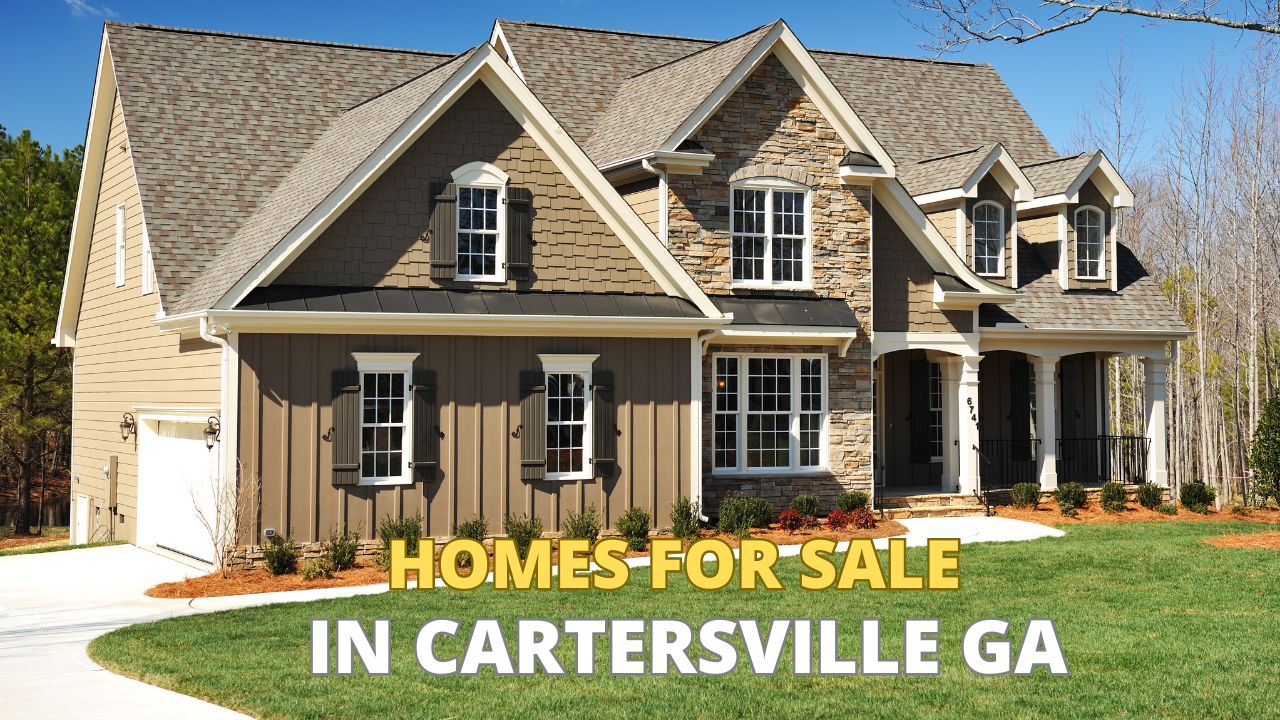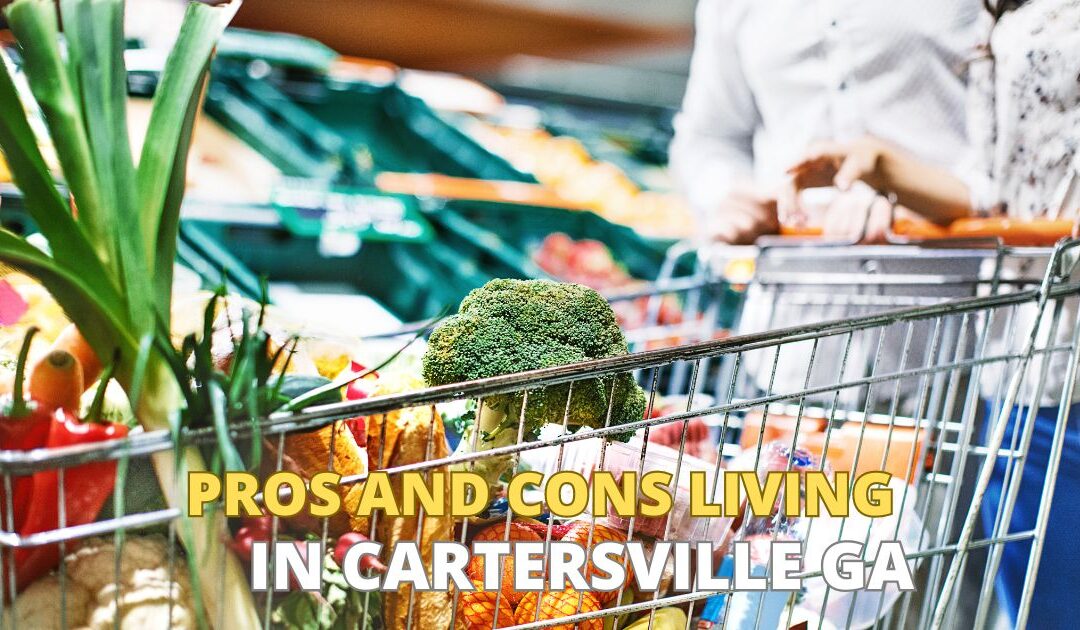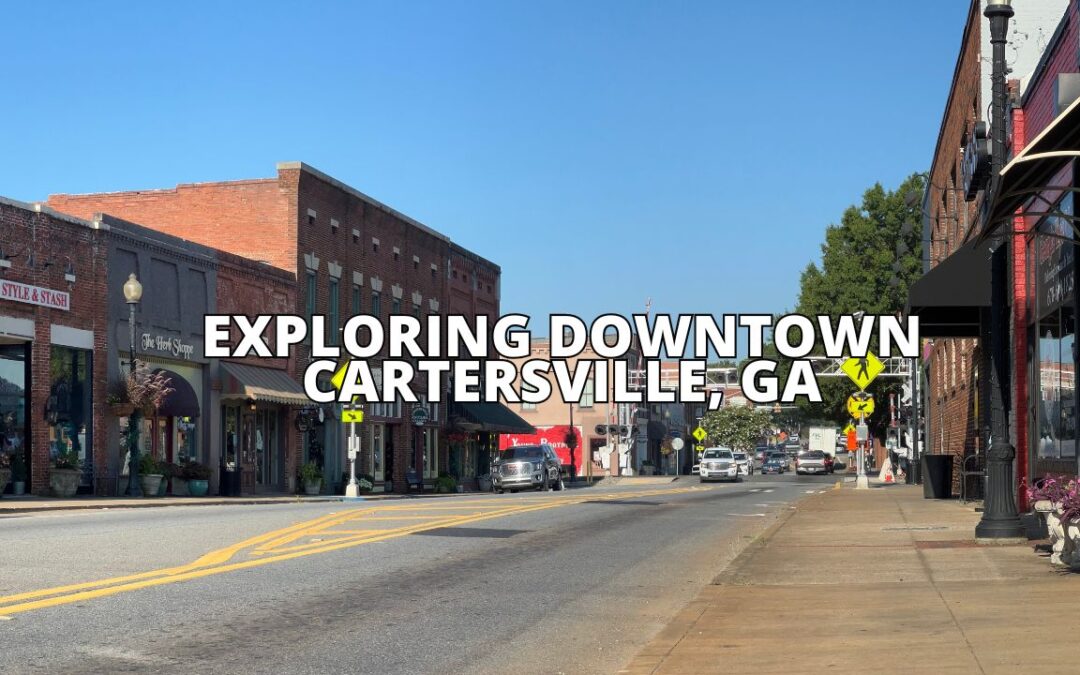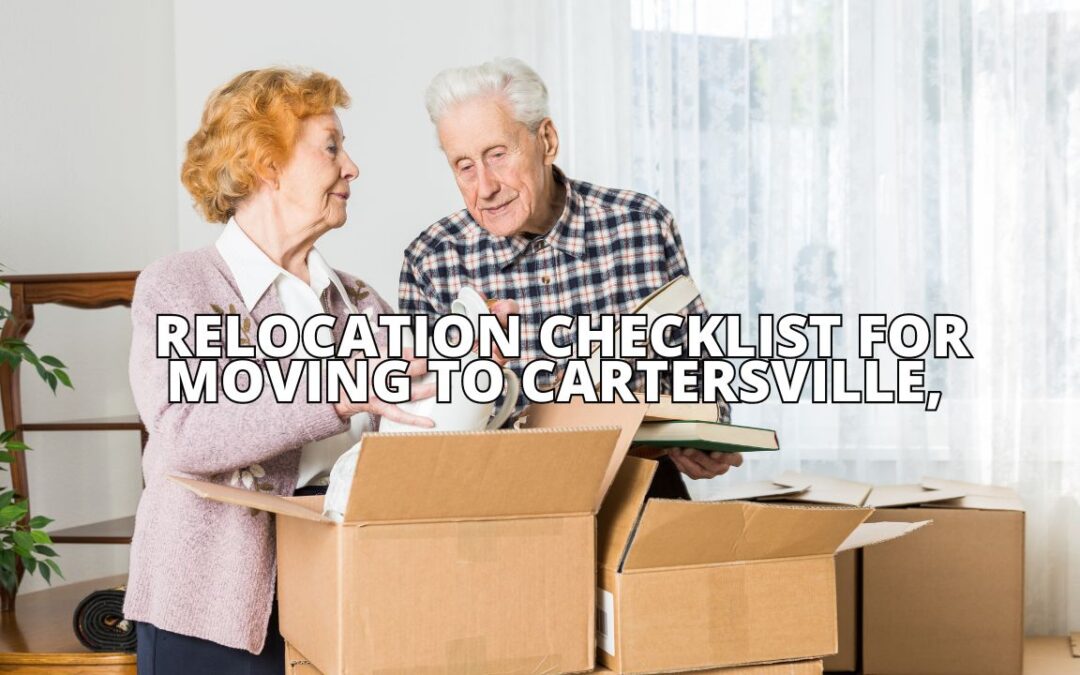What Cartersville, GA homeowners need to know
Maintaining an older home in Cartersville can reveal various hidden costs that homeowners may overlook. Understanding these costs is crucial for anyone considering purchasing or renovating an older property. From unique historical features that require specialty materials to potential health hazards lurking within, these factors can significantly impact a homeowner’s budget and long-term plans.
Cartersville’s charm lies in its historical architecture, but with that charm comes the responsibility of upkeep. Homeowners often face financial strains from repairs and renovations that arise from aging systems and materials. Additionally, local regulations may impose compliance costs that can further inflate the overall expense of ownership.
Awareness of these hidden costs can help homeowners make informed decisions and plan effectively for their financial futures. By recognizing not just the aesthetic value of these older homes but also their operational and maintenance needs, they can better prepare for a sustainable living experience in this vibrant community.
Key Takeways
- Hidden costs can arise from the unique features of older homes.
- Financial planning for maintenance is essential to avoid unexpected expenses.
- Local regulations may increase the overall financial burden of homeownership.
Historical Appeal and Hidden Costs
Owning an older home in Cartersville can be charming due to its historical appeal. However, hidden costs often come with this beauty. These costs primarily stem from aging infrastructure and the challenges of balancing preservation with modernization.
Aging Infrastructure Challenges
Older homes often come with aging infrastructure that may not meet current safety standards. Issues can include outdated electrical systems, plumbing problems, and weakened foundations.
For instance, homeowners might discover that rewiring an old house can cost between $3,000 and $8,000. Significant plumbing repairs could range from $2,000 to $5,000.
It is crucial to budget for these unexpected expenses. Understanding the state of a home’s infrastructure before purchasing can save many headaches later.
Preservation vs. Modernization
When maintaining an older home, owners face a choice between preservation and modernization. Sticking to historical accuracy can increase costs due to specialized materials and skilled labor.
For example, historically accurate windows can be 50% more expensive than modern alternatives. Homeowners may also need to follow specific regulations regarding repairs and renovations based on local historic district guidelines.
This balance is essential. It ensures the home retains its character while being functional for modern living. Evaluating the priorities of preservation versus comfort can guide homeowners in making the right decisions.
Financial Implications of Home Repairs
Maintaining an older home can bring unexpected financial burdens. The costs of repairs not only vary based on age but can also impact insurance and property values significantly.
Cost Comparison: Old vs. New
Older homes often require more frequent repairs than newer builds. According to the 2 percent rule, homeowners should budget approximately 2% of the home’s value annually for maintenance. For an older home, these costs can significantly exceed this estimate due to outdated systems and materials.
| Expense Category | Older Home | New Home |
|---|---|---|
| Routine Maintenance | Higher | Lower |
| Major Repairs | Common | Rare |
| Upgrades | Frequently needed | Less often |
Common issues in older homes include plumbing and electrical systems that are not up to code. Homeowners may face regular costs that can quickly add up.
Insurance Considerations
Insurance for older homes may come with higher premiums. Many insurance companies perceive older structures as more at risk for claims due to age-related issues.
- Higher Premiums: Owners of older homes often pay significantly more due to perceived risks.
- Coverage Limitations: Some policies may not cover damages from outdated systems.
- Required Inspections: Insurers may require inspections, adding further costs.
It’s crucial for homeowners to review their policies and ensure there are no gaps in coverage.
Property Value Considerations
Older homes may offer charm but can deter potential buyers if repairs are not maintained. A home requiring extensive repairs or upgrades could see its market value decline.
Factors affecting property value include:
- Curb Appeal: Well-maintained homes typically attract higher offers.
- Necessary Repairs: Buyers often factor in repair costs when making offers.
- Neighborhood Standards: Homes that don’t meet community standards may lower surrounding property values.
Investing in repairs can help maintain or even boost property value over time. Owners should be proactive in addressing repairs to safeguard their investment.
Operational Inefficiencies
Maintaining an older home in Cartersville can lead to significant operational inefficiencies. Two critical areas to consider are energy consumption and HVAC system performance. These factors can affect comfort, expenses, and even property value.
Energy Consumption Concerns
Older homes often lack modern insulation and energy-efficient windows. This can lead to higher energy bills as heat escapes in winter and enters in summer. For instance, an antique home may lose more than 30% of its heating efficiency due to poor insulation.
Key Issues:
- Drafts: Older windows may have gaps, allowing drafts to enter.
- Outdated Appliances: Many old appliances use more energy than newer, Energy Star-rated models.
Cost Impact: Homeowners may face increased utility costs, which can cut into savings for renovations or repairs.
HVAC System Inadequacies
Many older homes feature outdated HVAC systems that are inefficient and difficult to maintain. These systems often require more frequent repairs and may not adequately heat or cool the space.
Common Problems:
- Frequent Breakdowns: Older units are prone to malfunctions.
- Inefficiency: Older systems can consume 20-30% more energy than newer models.
Considerations for Homeowners:
- Upgrade Options: Replacing an old system can reduce energy bills and improve comfort.
- Maintenance Needs: Regular maintenance may not overcome inherent inefficiencies in outdated systems.
Homeowners should assess both energy-related factors and HVAC performance to make informed decisions about their older properties in Cartersville.
Maintenance and Material Specifics
Homeowners in Cartersville need to understand the specific maintenance challenges that come with older homes. Key areas often require attention, including roofing, plumbing, and electrical systems. Each of these aspects can involve significant costs and necessary updates.
Roofing Realities
Roofs on older homes can face many issues due to wear and tear over the years. Common problems include leaks, missing shingles, and deteriorating flashing.
-
Material Type: Many older roofs are made from asphalt shingles, which typically last about 20-30 years. If the roof is older than this, a replacement may be necessary.
-
Inspection Frequency: Regular inspections, ideally twice a year, can help catch any issues early. Homeowners should look for signs of damage and consider having a professional evaluation.
-
Cost Considerations: Replacing a roof can be a large expense, ranging from $5,000 to $15,000 depending on the size and materials used. Keeping up with regular maintenance can help extend its lifespan.
Plumbing Problems and Updates
Older plumbing systems may not meet modern standards, leading to leaks and water quality issues. Key concerns include:
-
Pipe Material: Homes built before the 1970s often have galvanized pipes, which can corrode and lead to water pressure problems. Replacing these with copper or PEX can improve quality.
-
Fixture Upgrades: Older fixtures may not be water-efficient. Switching to modern, low-flow toilets and faucets not only enhances performance but also reduces water bills.
-
Cost Implications: Full plumbing upgrades can cost between $2,500 and $8,000, depending on the home’s layout and needs. Regular maintenance, including drain cleaning and fixture inspections, can help avoid costly repairs.
Electrical System Overhauls
With increasing electrical demands in today’s homes, older systems may struggle to keep up. Key areas to assess include:
-
Wiring Age: Homes built decades ago often contain outdated wiring types, such as knob-and-tube. This can pose safety risks and may need complete replacement.
-
Panel Updates: An old electrical panel may not handle modern appliances. Upgrading to a 200-amp panel can provide better service and safety.
-
Potential Costs: Rewiring a home can vary widely in price, typically between $3,000 and $15,000. Regular electrical inspections can help identify potential fire hazards and prevent costly issues.
Environmental and Health Hazards
Maintaining an older home can uncover various environmental and health hazards. These risks often stem from outdated materials and neglected areas of the house. Addressing these issues promptly is essential for safety and well-being.
Lead Paint and Asbestos
Lead paint was widely used in homes before 1978. It can pose serious health risks, especially to children. Exposure may lead to developmental delays and learning difficulties. Homeowners should test for lead paint and consider remediation if it is found.
Asbestos is another hazardous material often found in older homes. It may be present in insulation, floor tiles, and roofing. When disturbed, asbestos fibers can be released into the air, leading to respiratory issues and serious diseases. Professional removal is recommended if asbestos is discovered.
Mold and Mildew Management
Mold and mildew thrive in damp areas, making older homes particularly vulnerable. Basements, bathrooms, and kitchens are common places for growth. These fungi can lead to health problems, including allergies and respiratory issues.
Regular inspections can help catch mold and mildew early. Homeowners should focus on areas with moisture and ensure proper ventilation. If discovered, immediate removal is crucial to prevent further spread and health risks. Using a dehumidifier can also help control moisture levels in the home.
Local Regulations and Compliance
Maintaining an older home in Cartersville involves navigating various local regulations and compliance requirements. These laws impact property use and preservation efforts, making it essential for homeowners to stay informed.
Zoning Laws and Code Updates
Zoning laws dictate how properties can be used in different areas of Cartersville. These laws can affect renovations, additions, and even landscaping choices. Homeowners must check local zoning regulations before making any changes to ensure compliance.
Code updates are also significant. Local ordinances may undergo changes, impacting safety standards and property maintenance requirements. For instance, building codes often specify standards for electrical, plumbing, and structural improvements. Ignoring these can lead to costly fines and unsafe living conditions. Homeowners should regularly consult the Code of Ordinances to remain compliant.
Historic Preservation Ordinances
For those owning older homes, historic preservation ordinances are particularly important. Cartersville has regulations aimed at protecting the character of historic neighborhoods. These rules can limit renovations or changes that might alter a building’s original appearance.
Homeowners must apply for permits before undertaking any significant alterations. This process ensures that developments align with the architectural style and historical significance of the area. Failing to adhere to these ordinances can lead to legal repercussions and potential restoration costs. Being aware of these requirements helps maintain the home’s value and the community’s historical integrity.
Community and Lifestyle Impact
Maintaining an older home in Cartersville can significantly influence community and lifestyle. Residents often face unique challenges that affect their daily lives.
Neighborhood Dynamics
Older homes may contribute to the charm of a neighborhood, attracting buyers who appreciate historic architecture. However, neglected properties can diminish overall community value and appeal.
Increased Financial Strain
Owners of older homes frequently deal with unexpected costs. For example, they may need to invest in repairs for plumbing, roofing, and electrical systems. This financial pressure can restrict personal budgets, affecting spending on local services and businesses.
Time Commitment
Older homes often require more maintenance compared to newer constructions. This demands substantial time and effort. Homeowners may find themselves prioritizing repairs over social activities, which may lead to a decrease in community involvement.
Impact on Social Networks
Frequent maintenance disruptions can impact social connections. Homeowners might spend less time engaging with neighbors or attending community events. This could weaken neighborhood ties and reduce the sense of belonging.
Local Resources
Fortunately, Cartersville offers several resources for homeowners. Local organizations provide support for renovations, helping to ease some burdens. Additionally, community events foster connections among residents, strengthening the neighborhood despite the challenges of maintaining older homes.
Considering Selling your older home in Cartersville, Georgia?
Take the first step today! Book a call with our real estate team today!

